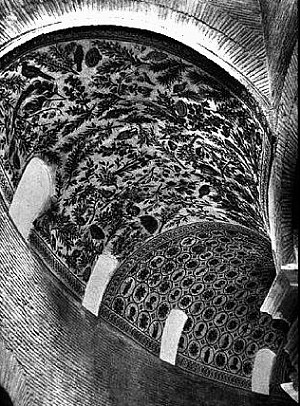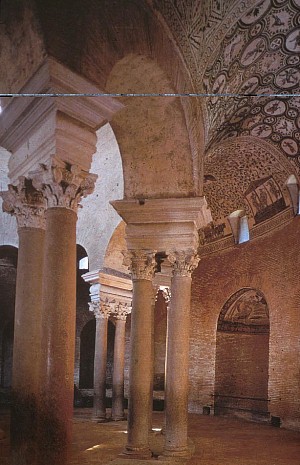Also named Constantia and Constantiana in sources, Constantina was the daughter of Constantine and Fausta. In 335, the emperor gave Constantina's hand in marriage to his nephew Hannibalianus and made her an Augusta; although he named his nephew Rex Regum et Ponticarum Gentium in 337 probably to replace the King of Persia if his planned campaign against that nation was successful, Hannibalianus was put to death in late summer 337 in the purges of the imperial family that occurred after the death of Constantine. At this point, Constantina disappears from the historical record for more than a decade.
In 350, when Magnentius revolted against her brother Constantius II , she convinced Vetranio to rise up against him. In fact, at this point in time, Magnentius offered to marry his daughter to the Emperor Constantius and to marry Constantina in turn in order to secure peace with him. The offer was rebuffed. In 351, in order that he could deal with the revolts of Magnentius and Vetranio, the emperor named his cousin Gallus a Caesar and gave him Constantina as his wife; both were dispatched to the eastern frontier in Syria to keep the Persian menace in check. In any case, Constantina subsequently bore Gallus a daughter whose name is unknown.
Constantina's and her husband's performance in Antioch was far from stellar and led to an open breach between the emperor and his Caesar; Constantina is said to have been very mean spirited and to have urged her husband to be ruthless in his dealing with his subjects. When Constantius finally summoned Gallus to return to his presence with a ruse in 354, the Caesar dispatched his wife to meet with her brother in order that she might win over the Emperor to their side. Constantina, however, died en route to her brother's side at Caeni Gallicani in Bithynia the same year. Her remains were subsequently laid to rest near the Via Nomentana in Rome.
Michael DiMaio, Jr.
| |
 
|






